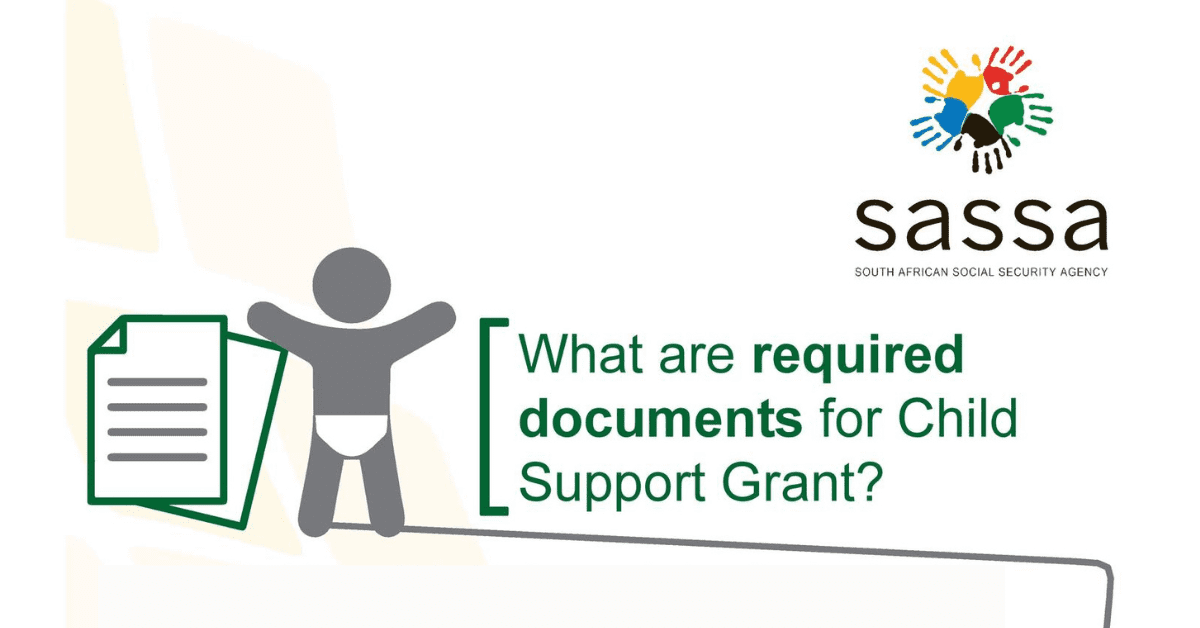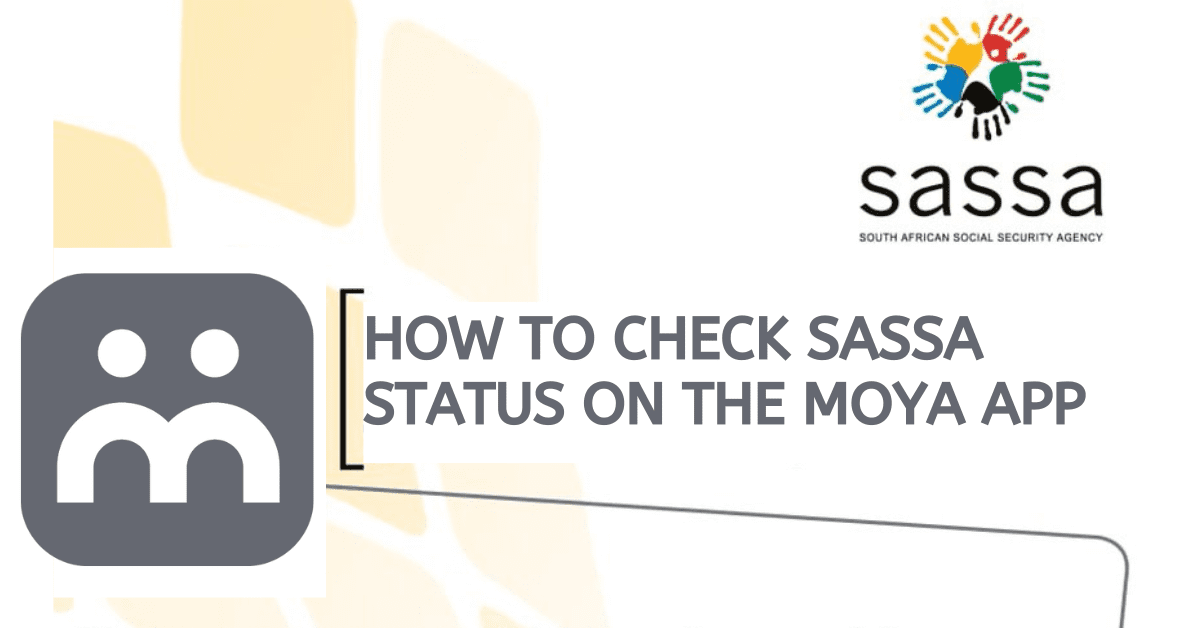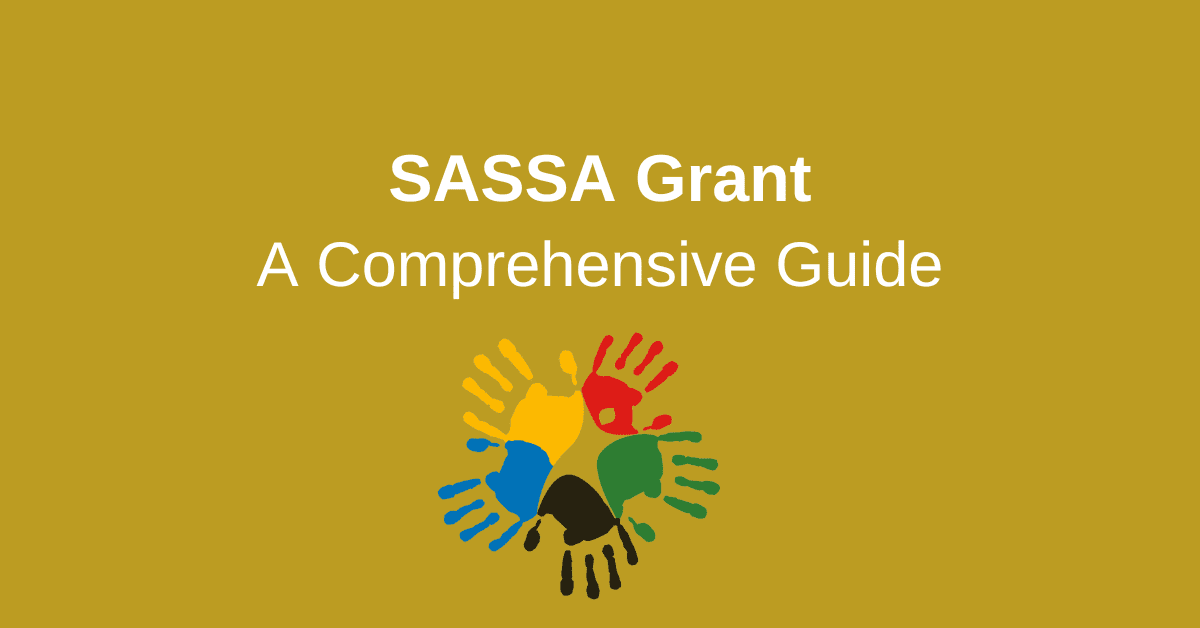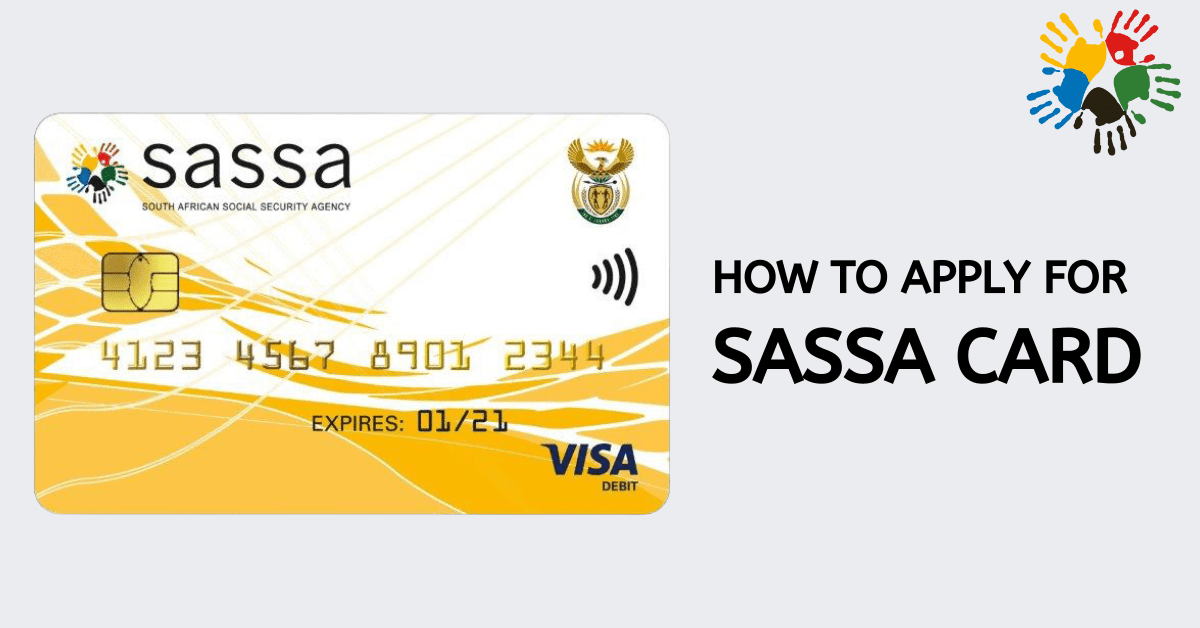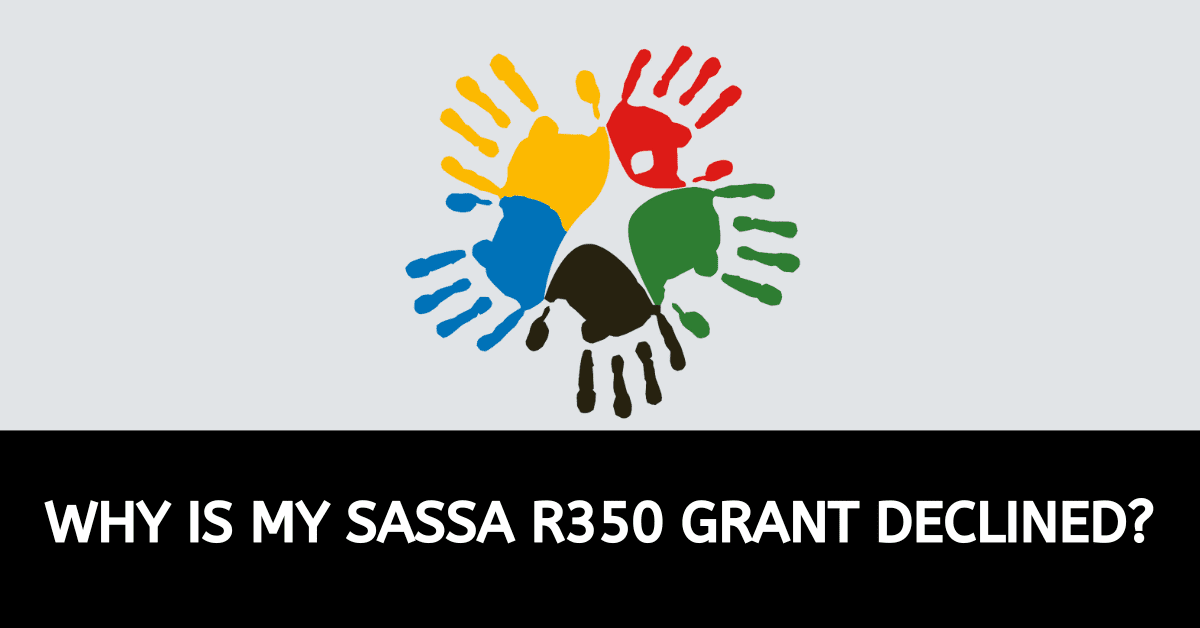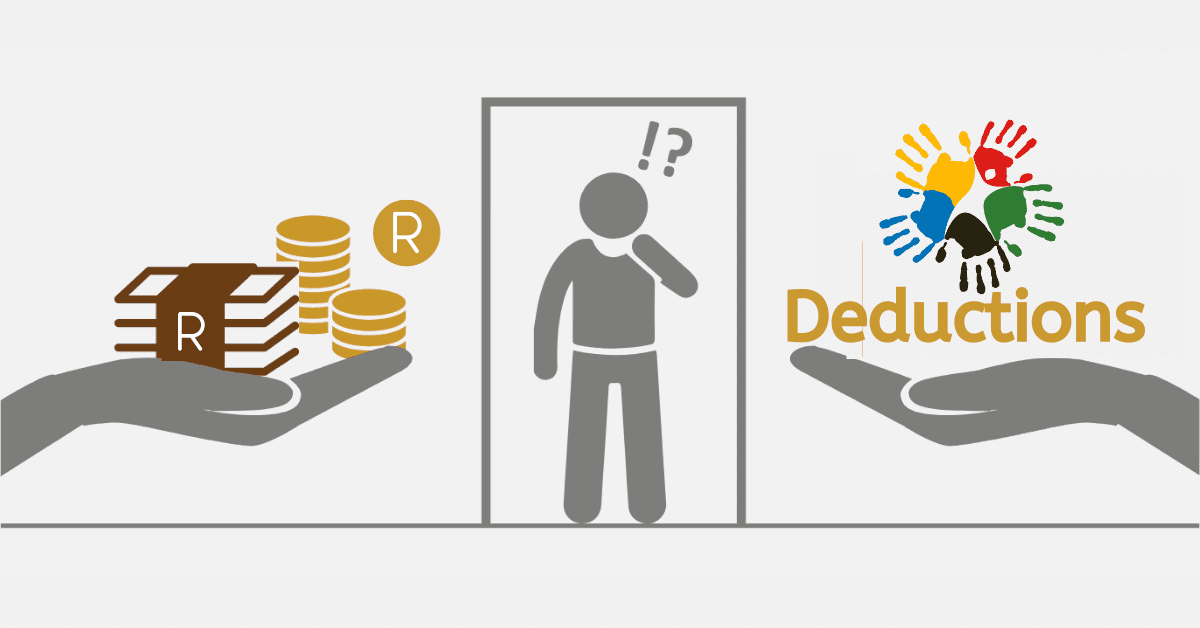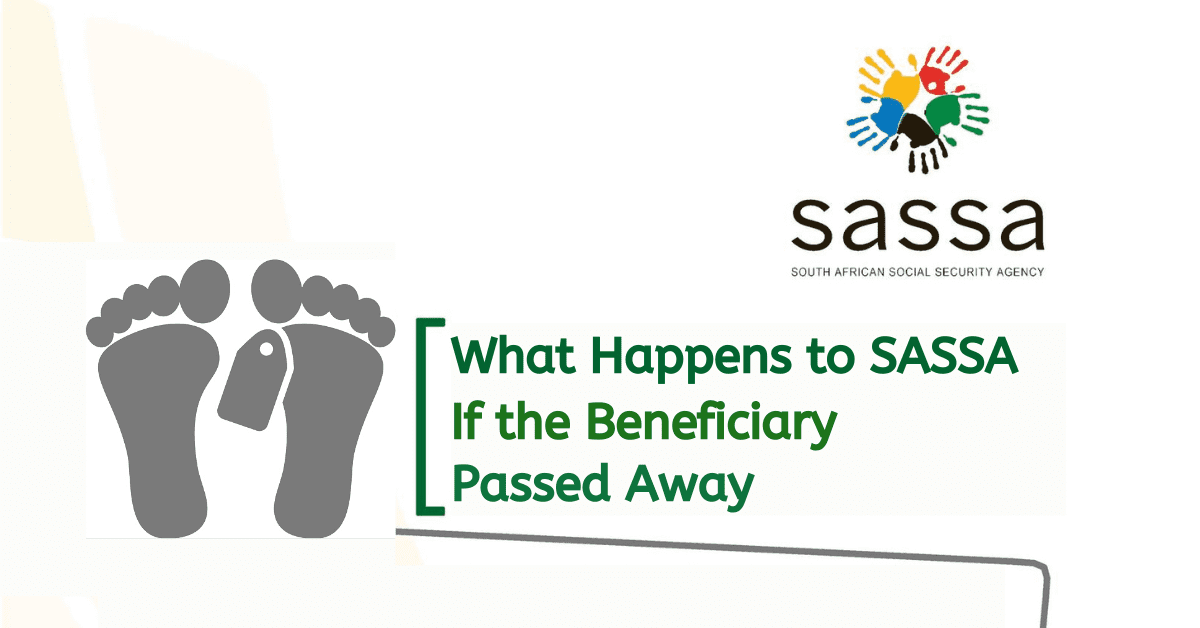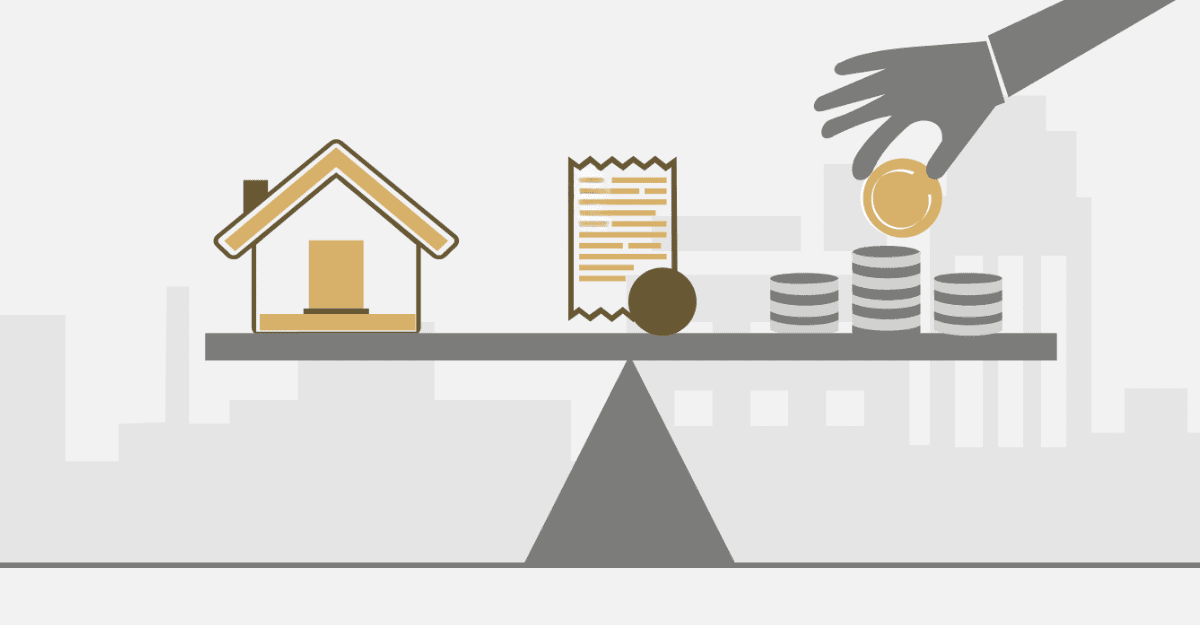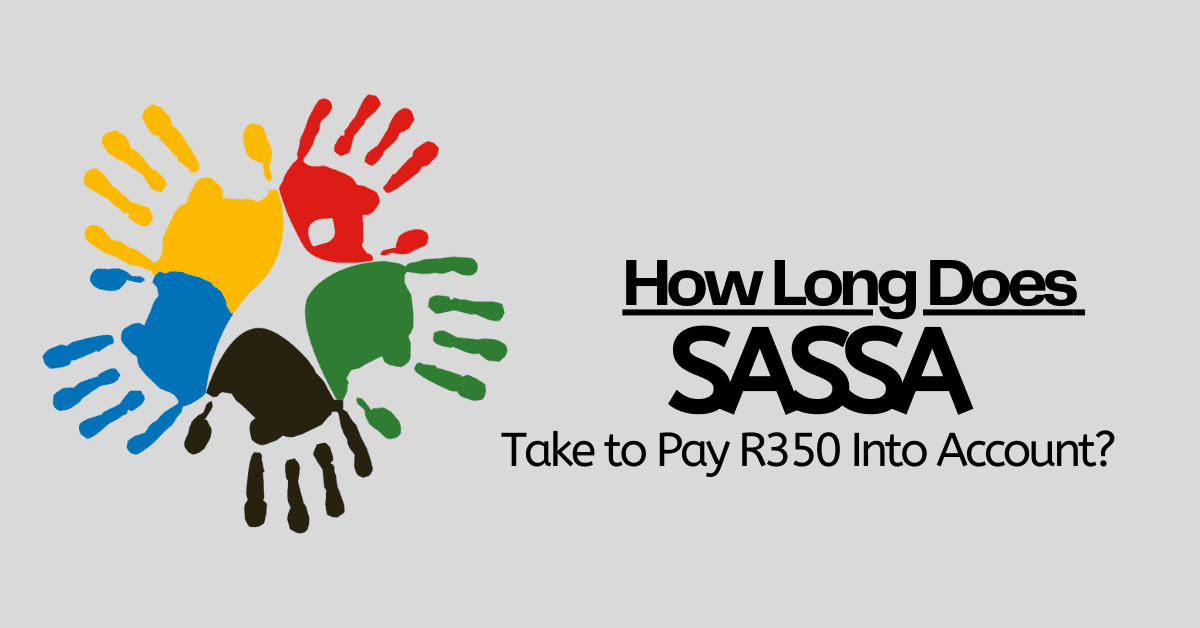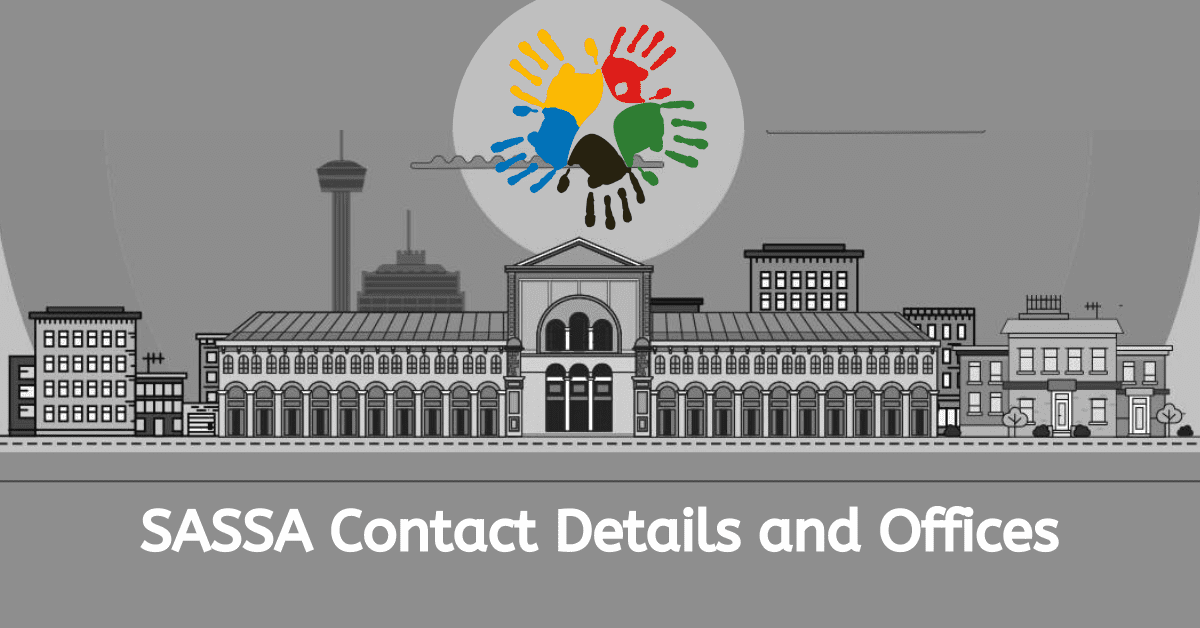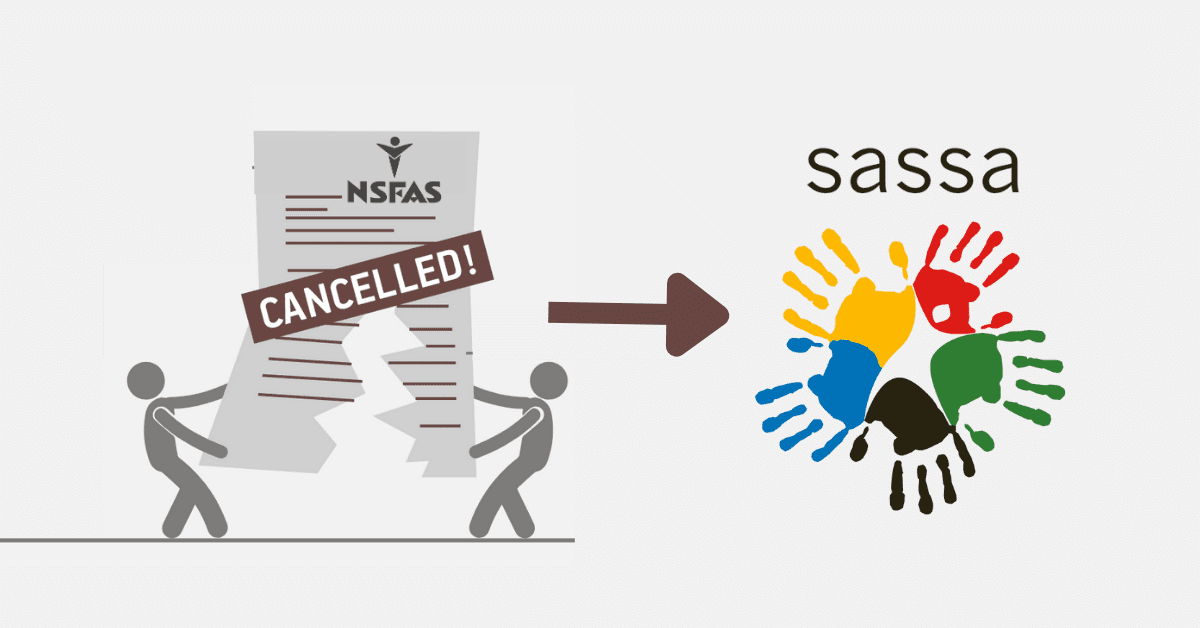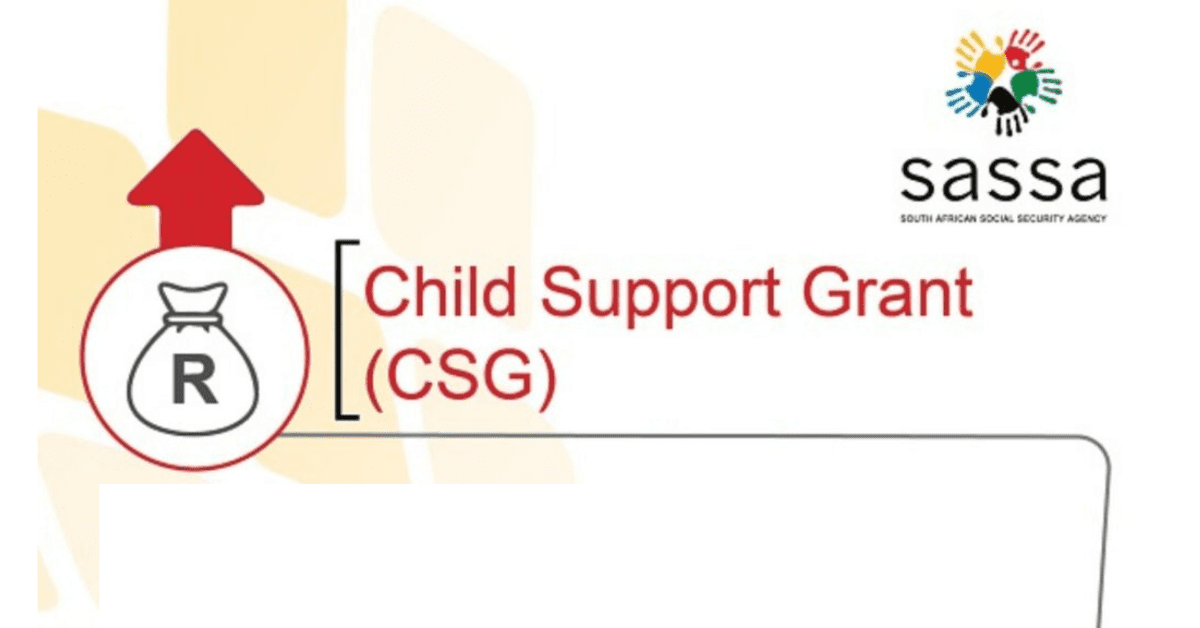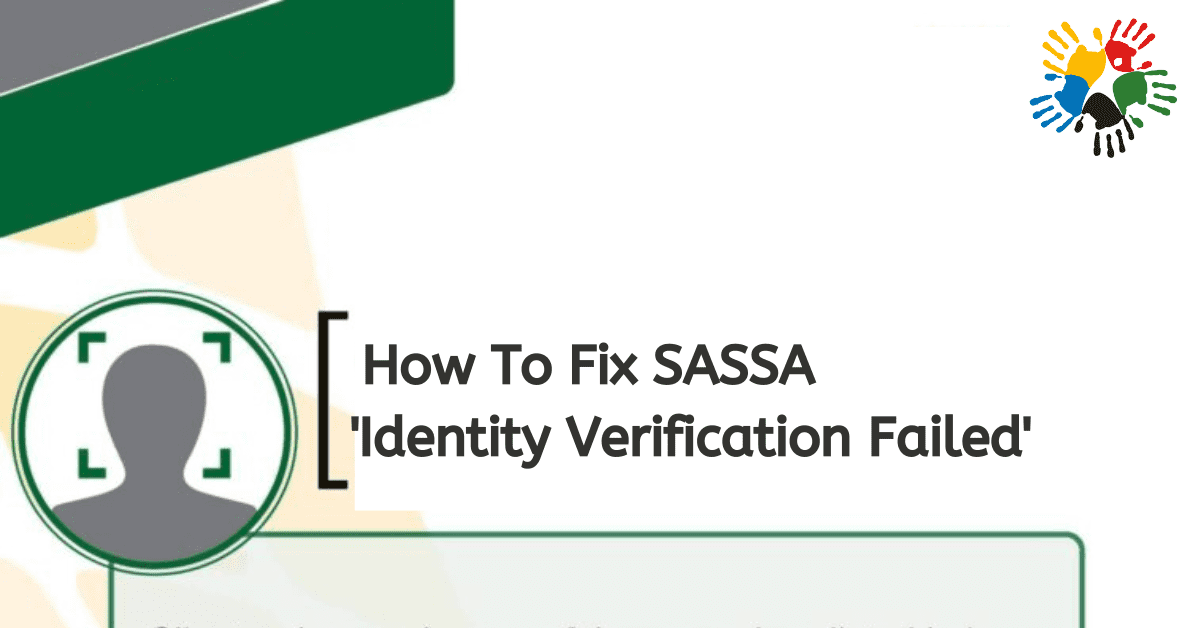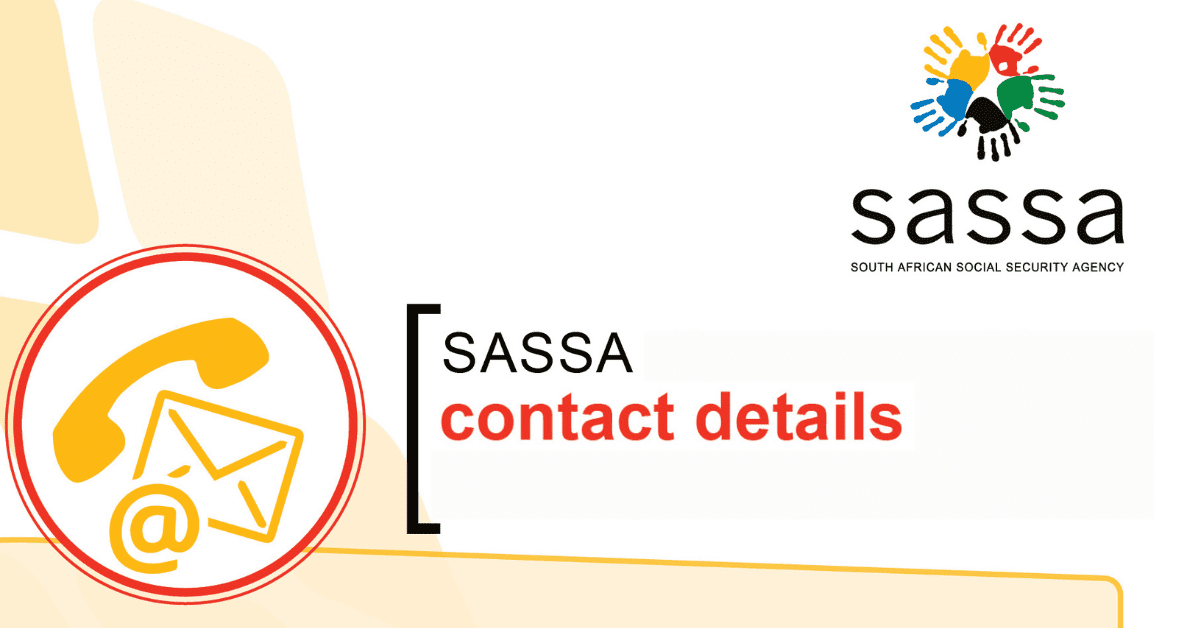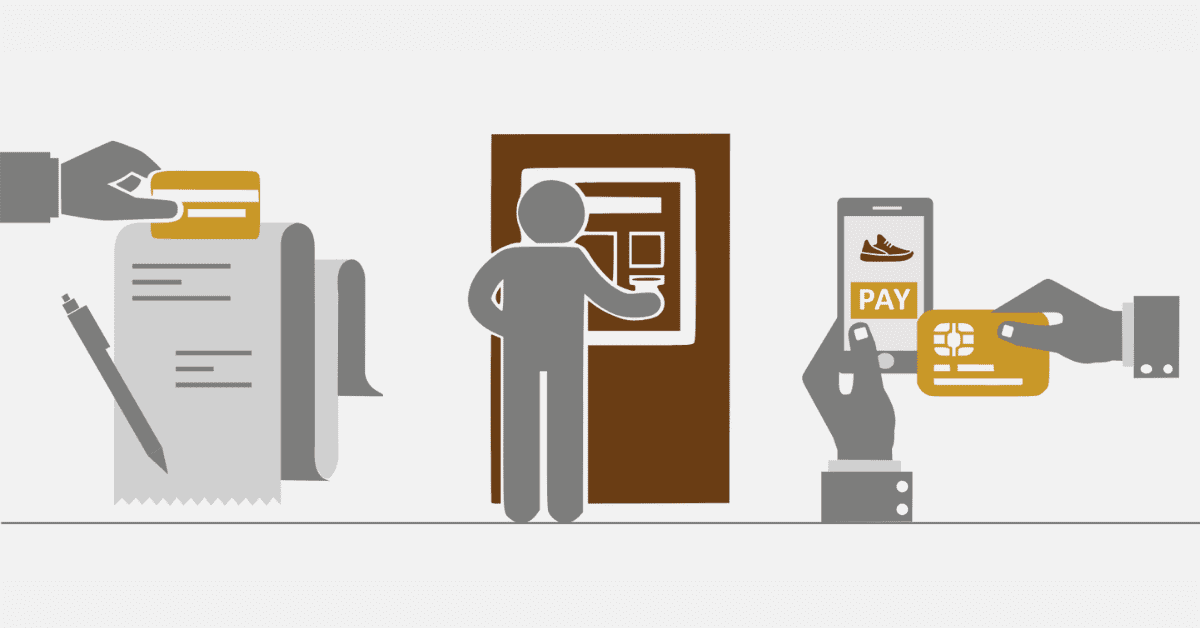We know that every parent wants the best for the children in their care. Sometimes, this may include circumstances like sending them to live with a trusted relative or caregiver who is not in your household. In circumstances like these, you can (and should) arrange to have the grant paid directly to the person who will be caring for the child rather than to yourself. Here’s everything you need to know about making this change, as well as other alterations to the SASSA child grants
How Do I Change My Child Grant To Someone Else?
If you need to change your SASSA Child Grant to someone else, it is imperative you start the process as early as possible. SASSA must be kept in the loop as to the child’s changed circumstances, or their eligibility for the grant may lapse, and you won’t receive payment at all. While it can be done, the circumstances are reasonably complex.
The quickest way to make the change is for you and the new recipient to go together to a SASSA Office, as not only will you need to ‘deregister’ yourself for the grant, but the new party will need to apply for the Child Grant the same way you once did. If you both attend, this can be done simultaneously and with the help of a SASSA officer to assist you.
The new recipient will need:
- An affidavit from you as the biological parent. This must state that the person is the new primary caregiver who is staying with the child. You cannot receive a SASSA Child Grant for a child that doesn’t live with you
- Their South African ID document, asylum seeker’s permit, or permanent residency
- The child’s birth certificate, which must show their ID number or their barcoded ID if the child already has one
- They will also need other proof of residency, banking details, and income. This could include 3 months of payslips and bank statements, their pension slips, or other proof of income. If they are unemployed, they will need their UIF ‘blue book’ or discharge certificate from their employer.
It is also important to remember that the child may no longer be eligible for the SASSA Child Grant if their living circumstances will improve beyond the thresholds set by SASSA. This so-called means test is currently set at a maximum household income of R57 600 a year (or R4800 per month) for a single caregiver. If they are married, this will be a maximum household income of R115 200 each year (or R96000 per month). This is for the 2025 year and may change in the future. If the new caregiver earns above the means test, they will not be eligible to apply for the grant at all. You should also be aware that SASSA caps the eligibility for the child grant at 6 non-biological/adopted children for a caregiver.
You will need to cancel the child grant for yourself and allow the new caregiver to make a new application as we’ve outlined above. These can both be done online, too, at the SASSA website. This may cause delays, however, as you first need to cancel the grant and have it updated on the system before they can apply. Otherwise, the system will show that the child is already receiving a grant, and the new caregiver will be blocked from applying or have the application rejected.
How Do I Cancel Child Grant?
To cancel a child grant, you can either login to your account on the SASSA website or visit your nearest SASSA office. In this particular case, it may be quicker to do so at the office, as the new caregiver can apply simultaneously to avoid disruption to the grant payments.
You will need to bring the child grant beneficiary’s ID card or birth certificate, your own South African ID, and proof of your relationship to the child (if you are not the child’s parent). You will need to fill out a SASSA Child Support Grant cancellation form, which they will have available.
After submitting the cancellation form, you will need to wait for SASSA to confirm that the child grant has been canceled. This may take some time, so it is important to follow up with SASSA if you have not received confirmation within a reasonable period.
Again, we must state that canceling a child grant may have financial implications, including missed payment months, so you should consider your decision carefully and seek advice from a qualified professional like a SASSA officer or social worker if necessary.
What Age Does Child Grant Stop?
The SASSA Child Grant will stop when the child turns 18 unless there are other circumstances such as disability. A child with special needs will be covered up to 21 years of age. After this threshold, they will need to apply as an adult for other SASSA services if still required.
How Do I Change My SASSA Child Support Grant To My Bank Account?
If you have changed your banking details, you can alter the account which the money is paid into by either requesting a details change form at your nearest SASSA office, phoning their hotline, or logging in to your SASSA account on their website and updating the details. They will need to verify this change, and then the payment will be made to the new account.
If you are regaining custody of a child receiving a grant, however, the old caregiver will need to cancel their grant application, and you will need to make a new one for the child. We outlined these steps above.
How Much Is The First Payment For A Child Support Grant?
The basic SASSA Child Grant is currently R500, rising to R510 as of 1st October 2025. Some children will also qualify for the additional R250 top-up grant or additional amounts to support a disability or exceptional circumstances. You will receive this from the first payment. Payments may, however, be backdated to the application date, making the first payment seem larger.
What Happens When You Cancel Child Benefit?
When you cancel the SASSA child benefit, you simply stop receiving the money and the grant is removed from their system. If they have a new caregiver, this means the caregiver can reapply to cover them. If they have aged out of the child benefit, they can apply themselves for other SASSA grants if needed.
Changing the circumstances of a SASSA child grant can be intimidating, but it is a reasonably simple process. Hopefully, you now feel empowered to help your child to the best life possible.
